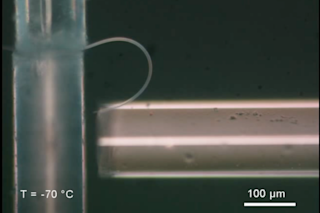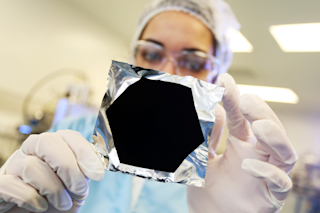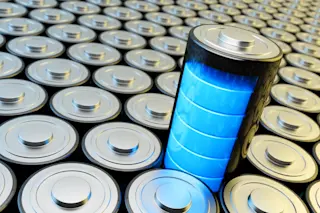Want cleaner drinking water, free of toxins and contaminants? Mother Nature’s here to help.
A number of studies have come out over the past year looking at the role different plants could play in remediation, i.e. the removal of dangerous substances. This green technology is known as phytoremediation, from the Greek “phyto” for plant, and “remedium” for restoring balance.
Take, for example, moss. A non-vascular plant, mosses lack a root system, absorbing water and nutrients throughout their entire bodies. Researchers at the RIKEN Center for Sustainable Resource Science (CSRS) in Japan published a study last January showing that the moss Funaria hygrometrica can absorb an impressive amount of lead thanks to a special kind of acid contained in its cell walls. After 22 hours of exposure, the moss cells had absorbed up to 74 percent of their dry weight in lead. Some 85 percent of the accumulation happened within the ...














